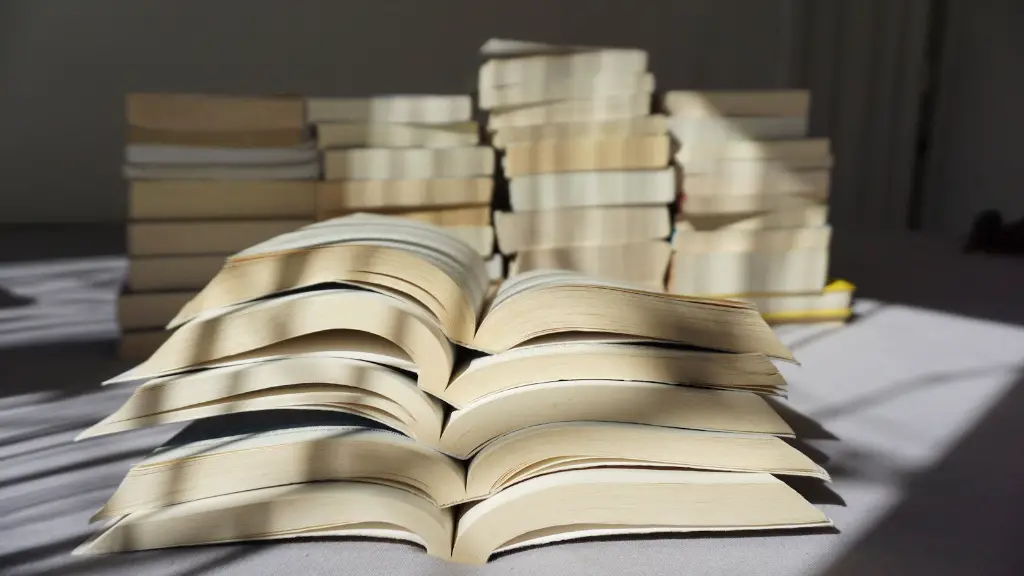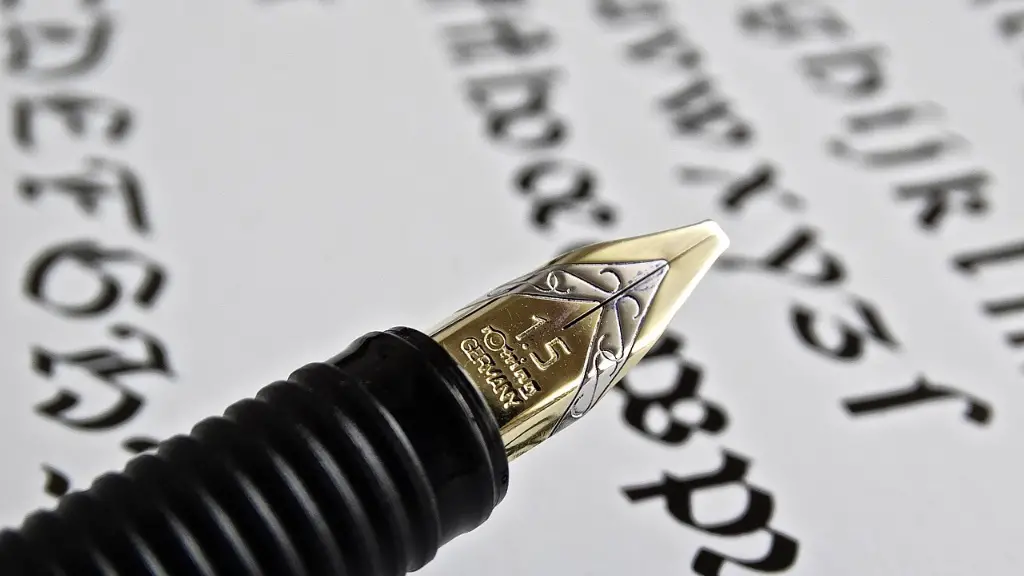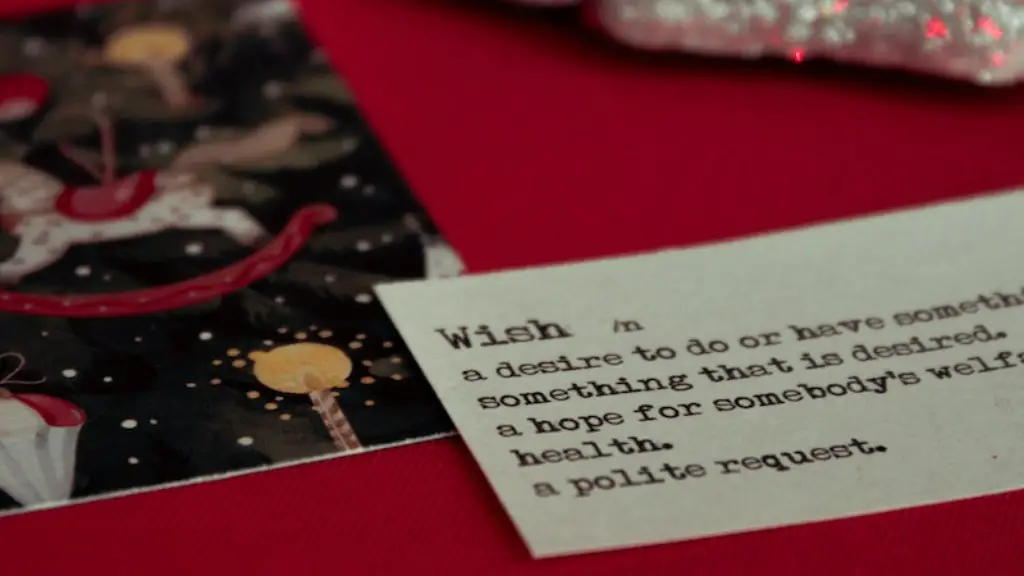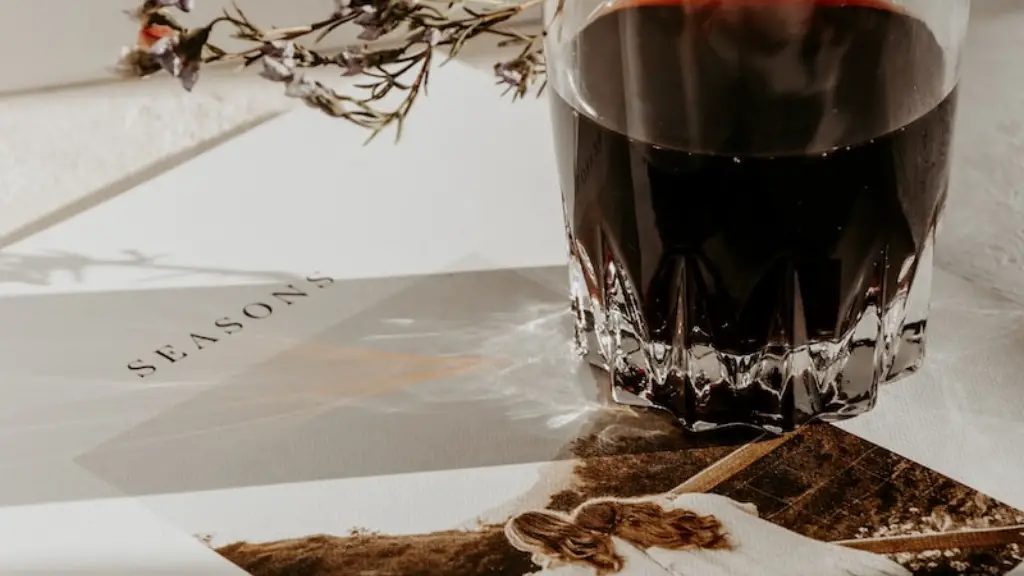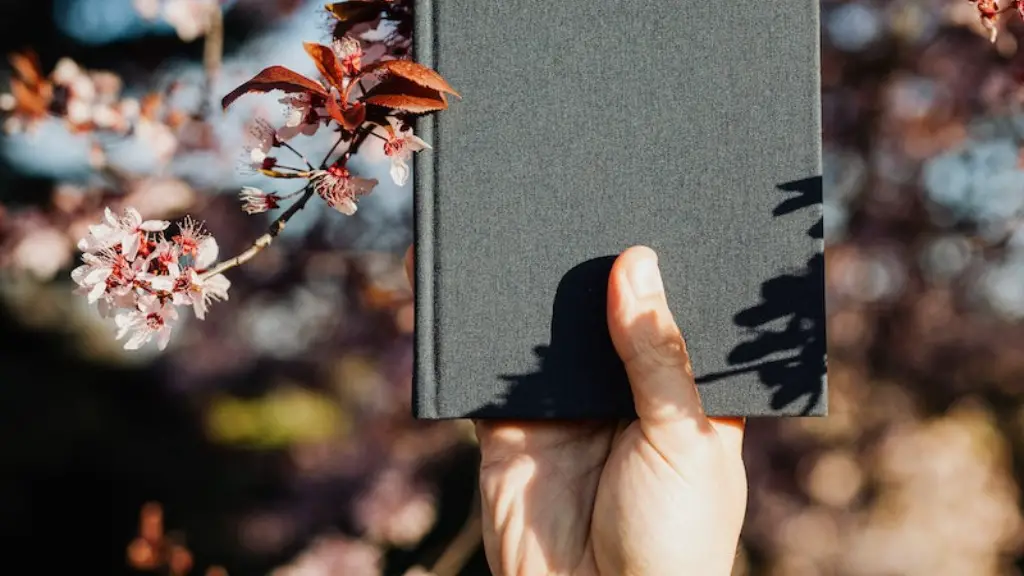In-Text Citations for MLA Poetry
When citing a single line of poetry, as well as any other quoted material shorter than four lines, you must use quotation marks around the line(s). When citing more than four lines, use what is known as a block quotation, which is formatted as follows:
Start the quotation on a new line, indent one inch from the left margin, do not use quotation marks, and form a double-space between the lines.
At the end of the line which you are citing, indicate the line break with a slash mark ( / ) and begin the next line with the next part of the poem. If the line of poetry was split up in the original source, you can use a double slash mark (//) to indicate the original formatting (MLA, n.d.). Here is an example of a longer poem cited using the block format:
“I must go down to the seas again, to the lonely sea and the sky—
And all I ask is a tall ship and a star to steer her by;
And the wheel’s kick and the wind’s song and the white sail’s shaking,
And a grey mist on the sea’s face, and a grey dawn breaking”
(Masefield/1-4).
Word-for-Word Citations for Poetry MLA
When citing line-for-line or word-for-word from a poem, present the line(s) as you see them in the poem. Here are a few examples:
In the poem “Stopping by Woods on a Snowy Evening,” the speaker says, “The woods are lovely, dark and deep” (Frost/5-6).
In the poem “We Grow Accustomed to the Dark” the narrator says, “We learn to bear the lights we cannot see” (Dickinson/13).
When an author’s name is not mentioned in the sentence alongside the quote, use parentheses to indicate the author’s name, followed by the line and page numbers of the poem (MLA, n.d.).
Works Cited Page for Lines of Poetry in MLA Format
In the Works Cited page, the format for a line of poetry depends on the number of lines it is and whether or not it is being quoted from a specific collection of a poet’s works. Here are a few examples of lines of poetry that would appear in the Works Cited page:
“The woods are lovely, dark and deep.” Frost, Robert. “Stopping by Woods on a Snowy Evening.” The Complete Poems of Robert Frost. Holt, Rinehart, and Winston, 1969.
“We learn to bear the lights we cannot see.” Dickinson, Emily. “We Grow Accustomed to the Dark.” The Poems of Emily Dickinson. Harvard, University Press, 1998.
When citing a collection of a certain poet’s work, the title and publication information for each should be listed separately in the Works Cited page.
Tips for Poetry Citation In MLA Format
When quoting a poem, think carefully about where you are quoting. Is the poem in a book, magazine, or on an online platform? Is the poet one of the many influential poets of the 21st century, or are they an unknown poet? Knowing the answers to these questions can make citing lines of poetry much easier.
Additionally, make sure you pay attention to the source’s formatting. Did it include poetic line numbers, or was it an exact replication of the original source? Did the source provide the titles of the poems, or were the poems anonymous? Different sources will require different formats for citation, and this needs to be accounted for as well.
MLA Poetry Citation from Online Sources
When citing lines of poetry from an online source, refer to the works cited page for the original source of the poem. Often, online sources will be an online version of the original source. Be sure to cite the original source in your works cited page and not the online version or any other secondary sources.
Moreover, when citing lines of poetry from an online source, keep in mind that the formatting may change between sources. With that being said, make sure to use quotation marks when citing lines of poetry regardless of the format. For example, when citing a single line of poetry from an online source, the format should look like this:
“The woods are lovely, dark and deep.” (Frost)
The difference between an in-text citation and a Works Cited citation lies in the format of the poem. In-text citations will use the original format, while the Works Cited citation would include information about the author and the original source of the quote.
APA Format for Poetry Lines
The American Psychological Association (APA) style is used for citations in many humanities classes, such as English and literature. APA style alters how you cite lines of poetry from other sources, as well as how you format the Works Cited page.
The in-text citation for a single line of poetry should read like this:
(Frost, line 5)
The Works Cited page, similarly, should be laid out as follows:
Frost, R. (n.d.). “Stopping by Woods on a Snowy Evening.” Poetry Foundation. Retrieved from https://www.poetryfoundation.org/poems/43997/stopping-by-woods-on-a-snowy-evening.
It is important to note that APA style does not include author and page numbers in the citations. Instead, it provides the source and the line numbers. Additionally, all sources for a poetry line should appear in alphabetical order on the Works Cited page.
MLA vs APA Format for Poetry
MLA and APA are two popular formats for citing lines of poetry, though they vary significantly in how they should be laid out. Similar to MLA, APA does not require quotation marks when citing multiple lines. But the main difference is that APA does not require the author and page numbers to be included in the citations.
Furthermore, APA requires the line and verse numbers of the poem to be included in the in-text citation as well as the Works Cited page. When citing a single line of poetry in APA, the format should look like this:
(Frost, line 5)
It is important to note that both formats require the author’s name to be in the parentheses. It should be noted that the format used for the Works Cited page should be consistent throughout the paper. Therefore, if MLA format is used for in-text citations, then the Works Cited page should also use MLA.
Tools for MLA Poetry Citation
The Modern Language Association (MLA) provides several tools to generate accurate citations for quoting lines of poetry. The MLA style website provides a guide for citing multiple poems as well as a list of frequently asked questions about citing poetry in MLA style.
Moreover, the MLA Handbook (8th edition) contains a list of essential elements for both in-text citations and the works cited page. The handbook also provides specific information about citing poems found in collections or anthologies published in print and online.
Additionally, the Purdue OWL provides several citation guides and examples of how to cite poetry in MLA format. The site is especially helpful for citing poetry lines found in books or journals, as well as online poetry. It also contains detailed guidelines for each type of work, such as novels, magazines, and digital sources.
In Summary
When quoting lines of poetry, it is important to use the formatting style that matches the class or assignment. The MLA and APA styles are two of the most commonly used formats for Poe’s poetry. In-text citations should include the author’s name and the line numbers of the poem. The works cited page should include the citation of the original source of the poem, as well as the author and publication details. The MLA and APA websites are good resources for generating accurate citations and understanding the correct format for quoting lines of poetry.
